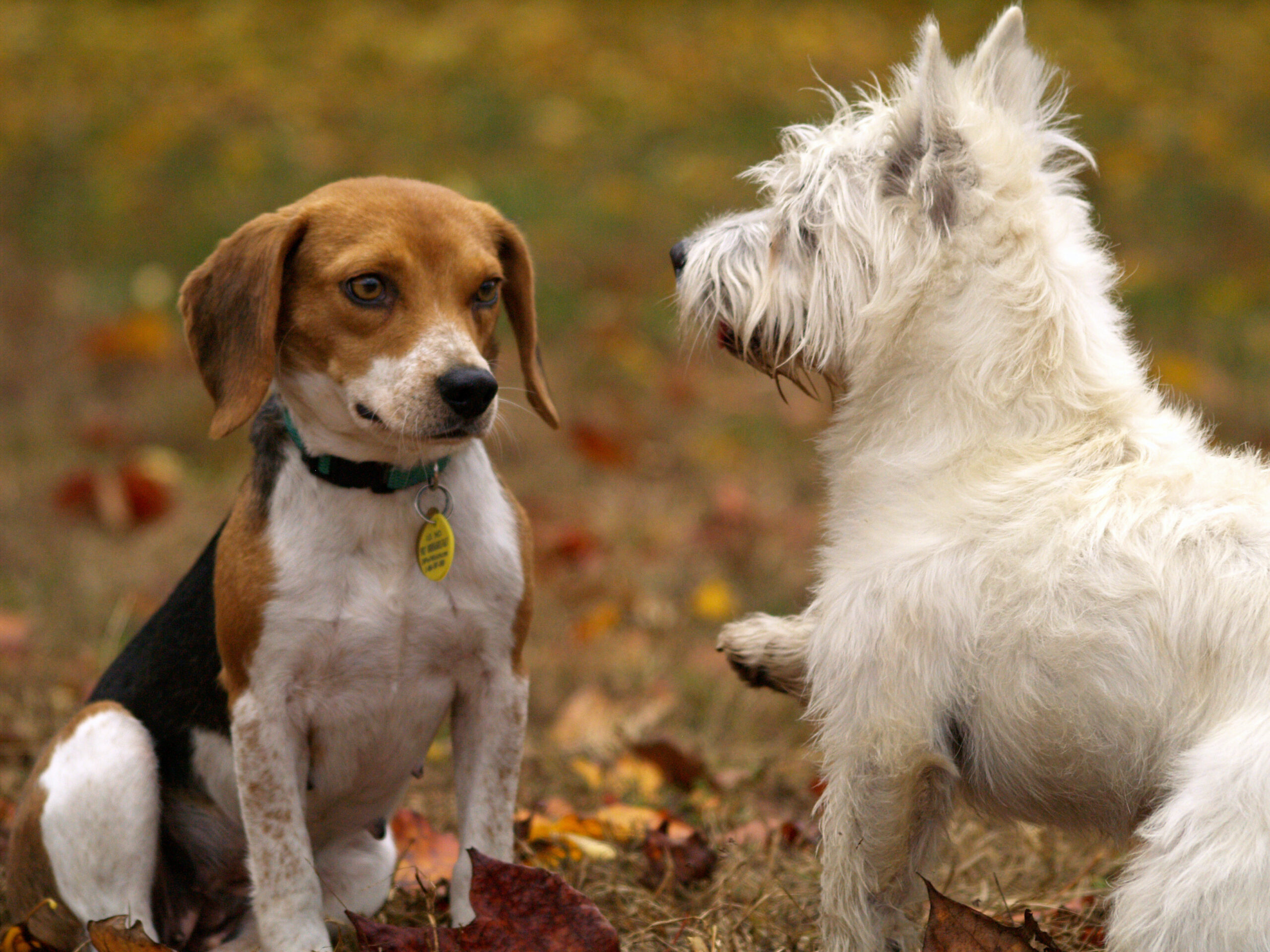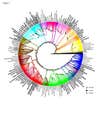New study asks how your favorite doggos came to be
The most extensive evolutionary map of dog breeds ever made

Dogs: We love them. Like, a lot. In fact, humans have been hanging out with doggos for at least 15,000 years or so, and likely a lot longer. Over the course of that long, mutually beneficial friendship, we’ve done a lot of strange things to our four-legged companions, controlling their reproduction to coax them into breeds that suit our (sometimes absurd) needs.
While all pups are members of the same species (Canis lupus familiaris, descended from the gray wolf), we’ve created more than 350 distinct varieties to date (to say nothing of the increasingly popular labradoodles and their hybrid ilk). By selecting traits that make dogs better at hunting, guarding, herding, or fitting inside purses, we’ve successfully turned one species into a group that includes 243-pound Great Danes and Chihuahuas smaller than a shoe.

So although dogs represent just one species, their evolutionary history is a fascinating one. Scientists still aren’t sure how and when we first domesticated those ancestral gray wolves, let alone how each historical breed first came to be. But in a study published Tuesday in Cell Reports, researchers use the DNA of 1,346 modern dogs, representing 161 breeds, to put together the most complete version of this puzzle to date.

The evidence shows dogs were first bred into broad “types” that filled particular niches—not the breeds we know today.
“First, there was selection for a type, like herders or pointers, and then there was admixture to get certain physical traits,” study co-author and dog geneticist Heidi Parker of the National Institutes of Health (NIH) said in a statement. This would have taken place as humans moved from hunter-gatherer lifestyles into more permanent settlements.
Many of these basic traits seem to have been selected for multiple times, in different places, to show up in different lineages. That makes a lot of sense, if you think about it: humans who made the move to farming would all want their dogs to help them herd and guard livestock, even if they were living thousands of miles apart.
Only in the last couple of centuries did humans start to nitpick tiny changes in appearance and temperament in order to create modern breeds, according to the study. “I think understanding that types go back a lot longer than breeds or just physical appearances do is something to really think about,” Parker said.
In many cases, the results line up perfectly with logical turning points in history. “For example, when dog fighting was a popular form of entertainment, many combinations of terriers and mastiff or bully-type breeds were crossed to create dogs that would excel in that sport,” the authors note in the study. “In this analysis, all of the bull and terrier crosses map to the terriers of Ireland and date to 1860–1870. This coincides perfectly with the historical descriptions that, though they do not clearly identify all breeds involved, report the popularity of dog contests in Ireland and the lack of stud book veracity, hence undocumented crosses, during this era of breed creation.”
They saw another interesting historical signature in “gun dogs” (Golden Retrievers and Irish Setters, for example), which exploded into a cornucopia of new breeds right around the Victorian era. So dogs that were roughly suited to the kind of austere hunting pursuits popular in that time were honed into breeds designed for the task at hand—collecting prey shot down by their dapper masters.
The researchers also believe they’ve uncovered a less obvious chapter in canine history: the elusive New World Dog. Most of the breeds that slobber over America today are descended from ones domesticated in Europe, but some of the genomes sequenced in the new study showed evidence of an older, Asian ancestor: a subspecies that came to our continent when humans first entered it. This may be the first time scientists have found genes that appear to come from this ancestor within a modern American dog’s DNA. They showed up in some hairless breeds from Central and South America.
“What we noticed is that there are groups of American dogs that separated somewhat from the European breeds,” Parker said in a statement. “We’ve been looking for some kind of signature of the New World Dog, and these dogs have New World Dogs hidden in their genome.” These dogs have since bred extensively with European breeds (and with each other), so it’s not clear just which genes came from where.
But those ancient questions aren’t the only ones left to answer. As researchers work to understand the evolution of the dog—an endeavor that can help us understand our own history, as well as help us develop treatments for some of the ailments from which our modern canine companions suffer—they’ll need to keep collecting more genomic data. Right now, more than half the dog breeds in existence have not had their genome sequenced.
“If we see a breed that we haven’t had a good sample of to sequence, we definitely make a beeline for that owner,” co-author Elaine Ostrander, also of NIH, said in a statement. “And say, ‘Gosh, we don’t have the sequence of the Otterhound yet, and your dog is a beautiful Otterhound. Wouldn’t you like it to represent your breed in the dog genome sequence database?’ And of course, people are always very flattered to say, “Yes. I want my dog to represent Otterhound-ness.”
What dog owner could ask for more? And research on canine disease could help humans, to boot.
“Using all this data, you can follow the migration of disease alleles and predict where they are likely to pop up next, and that’s just so empowering for our field because a dog is such a great model for many human diseases,” Ostrander added. “Every time there’s a disease gene found in dogs it turns out to be important in people, too.”
